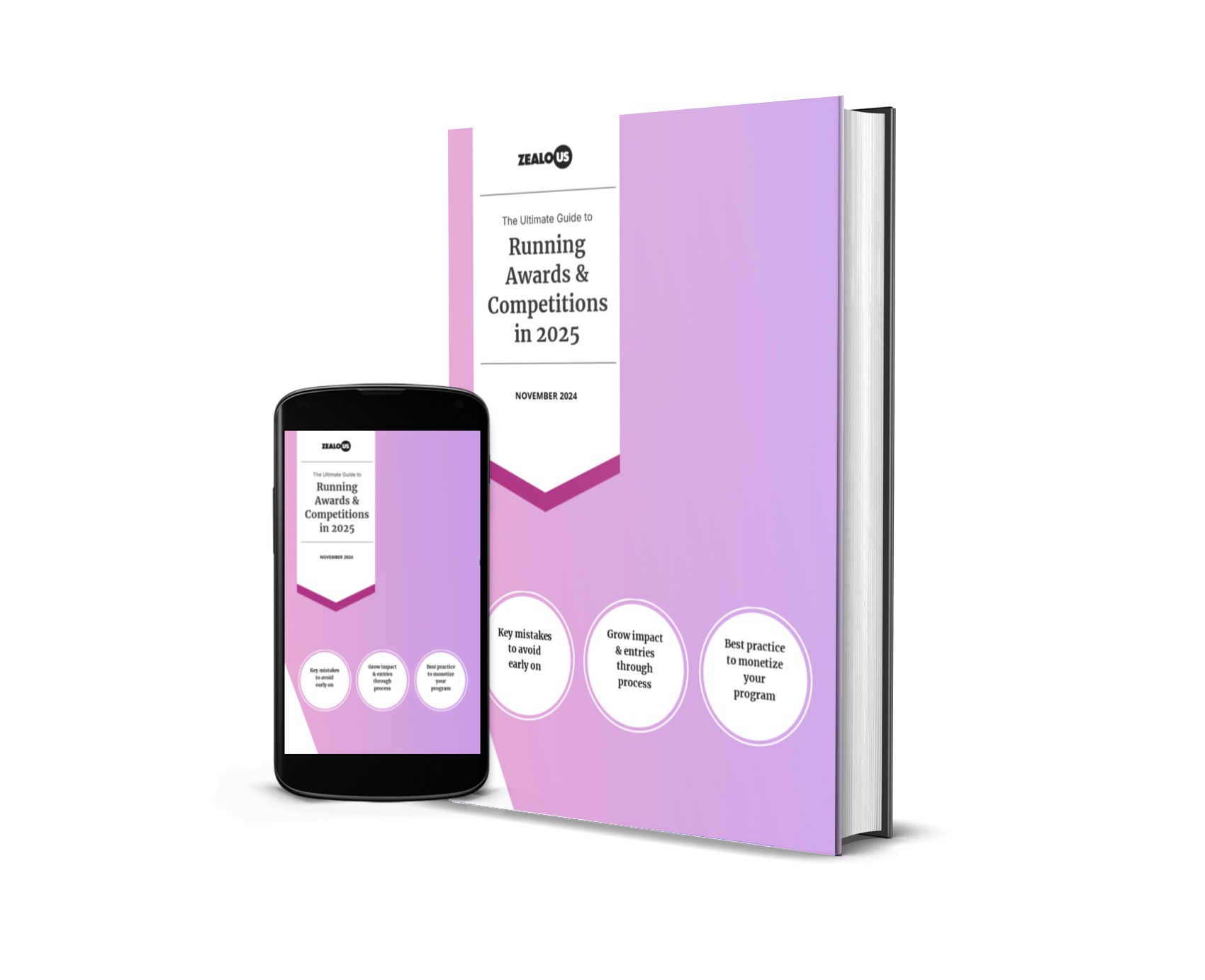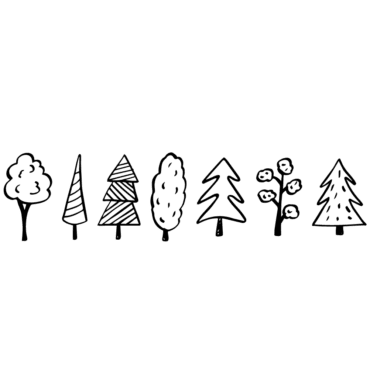Hi Yijin! Congratulations on winning Zealous Stories Ceramics! Your winning work, Sky Blue was inspired by the changing colour of the sky over Beijing, as a result of the deadly air pollutant PM2.5 which reflects sunshine. Can you tell us more about your research process and how you sourced data from the Beijing Municipal Environmental Monitoring Centre?
Thank you! Before I did my MA at the Royal College of Art, I became interested in ancient Chinese porcelains. In Chinese art history, something would be named poetically and I always considered the Sky-blue glaze of Ru Porcelain to be just that. I hardly saw the sky like Ru’s sky blue, which should not only be blue, but also pure and soft, until I came to London in 2014. Ru porcelains are rare and precious, but the collection of Ru in the British Museum is rich. It was an opportunity for me to connect the sky-blue glaze with the sky’s real colours.
The idea for Sky Blue started in winter 2015. Many of my friends in China were sharing images of a hazy sky on their social media profiles. On the contrary, there was no haze in London and the sky was often blue, like the colour of sky-blue glaze. I realised it would be interesting to tell the story of Chinese air pollution using Ru porcelain. I started collecting my friends’ images from social media but soon realised that those images were not objective. I needed someone’s photo taken at the same time, in the same location and by the same device. I found a man, Zou Yi, on Chinese social media who had been recording the Beijing sky daily for years, and his photos were ideal for my project. After communicating my idea, he kindly offered his support.
I matched all the images with colour cards and started to compound different glazes in the RCA ceramics studio. It was hard to match all of them, but I had to prove it was possible to produce all sky colours.
As the symbolic glaze would change, the form of Ru porcelain I chose needed to be symbolic and classical, to ensure the concept made sense. It wasn’t difficult because there are only about 70 pieces of Ru porcelains in the world. The vase I finally used is housed in the National Place Museum in Taipei, which is a very typical Ru vase, and has an ideal vertical face to show off the glaze. I had learned how to make ceramics and molds, so I made the mold and samples in the RCA workshop.
In 2009, the US Embassy in Beijing published Beijing’s PM2.5 data. Three years later, the Beijing Municipal Environmental Monitoring Centre published the official version of instant PM2.5 data on their website, which is where I collected the data.
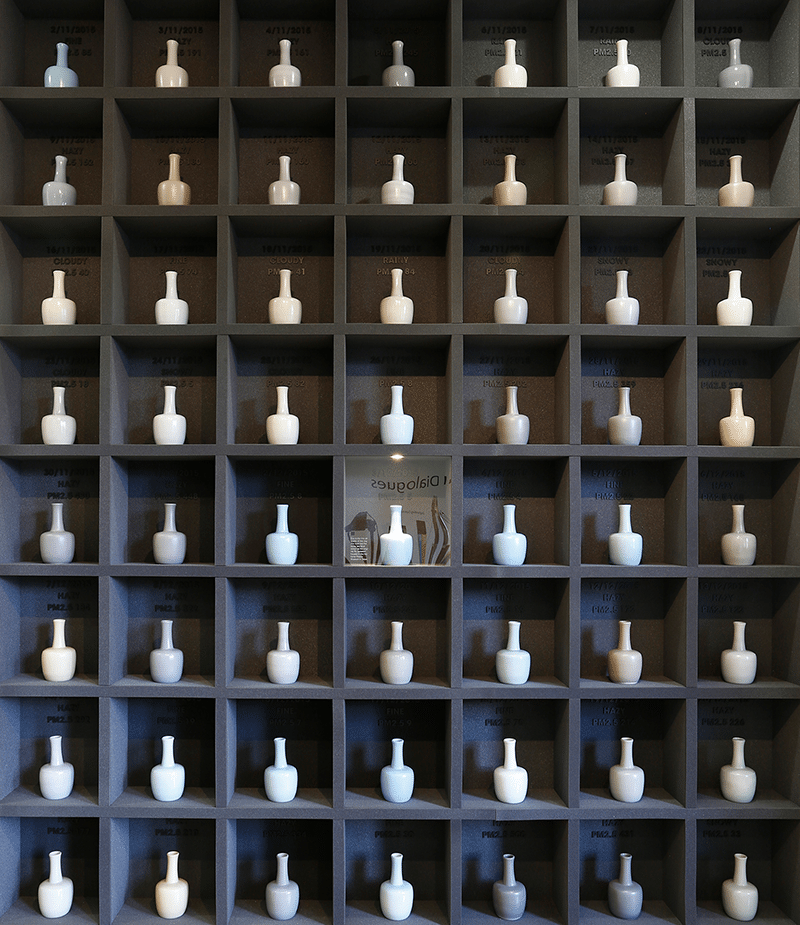
Air pollution is increasingly smothering Chinese cities and globally, climate change is fast establishing itself as the great crisis of our generation. What made you want to address such a modern issue through an ancient medium like ceramics?
I mentioned before that I was interested in ancient Chinese porcelain before moving to London. I know that natural aesthetics are particularly important for ancient Chinese art and craft, as it can link art and environmental issues together. I wanted to keep the original rule of presenting the sky colour, and people would see different results. The method for each vase is the same, so what is different? I believe that as a language, art should tell stories.
What reactions do you hope to evoke from your viewer with a project like Sky Blue?
To be honest, I didn’t consider the viewer’s reaction much at that time. I just wanted to tell a story clearly and poetically. From my view, I neither wanted to criticise the Chinese government nor had I any ambition to turn the tables, but I hope the viewer faces and rethinks these changes, and the price of such changes for our society. I think ‘hope’ is in the individuals’ minds.
You describe yourself as a product and experience designer. What attracted you to design and more specifically, working with porcelain as a medium?
I finished my BA course in Product Design at the Central Academy of Fine Arts (CAFA). During that period, I learned how to use porcelain as a material for products. It’s easy, fascinating, classical and modern. Porcelain resources are rich in China. My hometown, Luoyang is also famous for tri-colour glazed pottery of the Tang Dynasty, and the famous Ru kiln and Jun kiln are not far from there. They are beautiful, historic, vibrant and rich with stories. When I started my MA studies at the Royal College of Art, I chose the Information Experience Design course. Porcelain became more than just a medium for me. I could completely break boundaries, because everything is information and experience means everything. Porcelain is the medium I’m still most interested in.
Celadon, LED lights, acrylics and fiber are just some of the materials you use in your works. Do you have any favourite materials and how have they affected your creative process?
I have no favourite material actually. I’m good at porcelain but I’m more enchanted by material experimentation. I once used temperature-sensitive coating for a tea tray, and formed calcium carbonate powder as a public bench. I really love to use materials that I’m not familiar with. As a first time user, I can find the material’s real charm and benefits.

What’s the most challenging part of your design process?
I don’t know, because every design project is unique. I always face different challenges during different design processes.
You move between London and Beijing having graduated from the Royal College of Art in 2016. Where do you work best?
I think both London and Beijing are the best for me. They’re very different cities. Although the air quality is terrible and there are so many problems in China, Beijing is still one of the most vibrant cities in the world. And in my view, problems acts as a kind of resource for art and design, such as the meaning behind Sky Blue. London is important for me too because it’s more open and cosmopolitan. In this truly global city, we subconsciously keep noticing differences and progressing our mindset.
In these last two years, I spent more time in China because I have a teaching job at the Central Academy of Fine Art, but I still keep moving between London and Beijing to make myself more balanced.
What do you have planned next?
Keep thinking, learning, moving and changing.
About Zealous Stories
Yijin’s work, Sky Blue was selected by industry guest judges from the Contemporary Ceramics Centre, RBSA Gallery, Handmade in Britain, Kunsthuis Gallery and Crafty Fox Market as the winner of Zealous Stories Ceramics.
Yijin also wins a one-year Folksy Plus account, a £100 voucher for Scarva Pottery Supplies and a year’s subscription to Ceramic Review.
Stay tuned to see his work on our homepage.
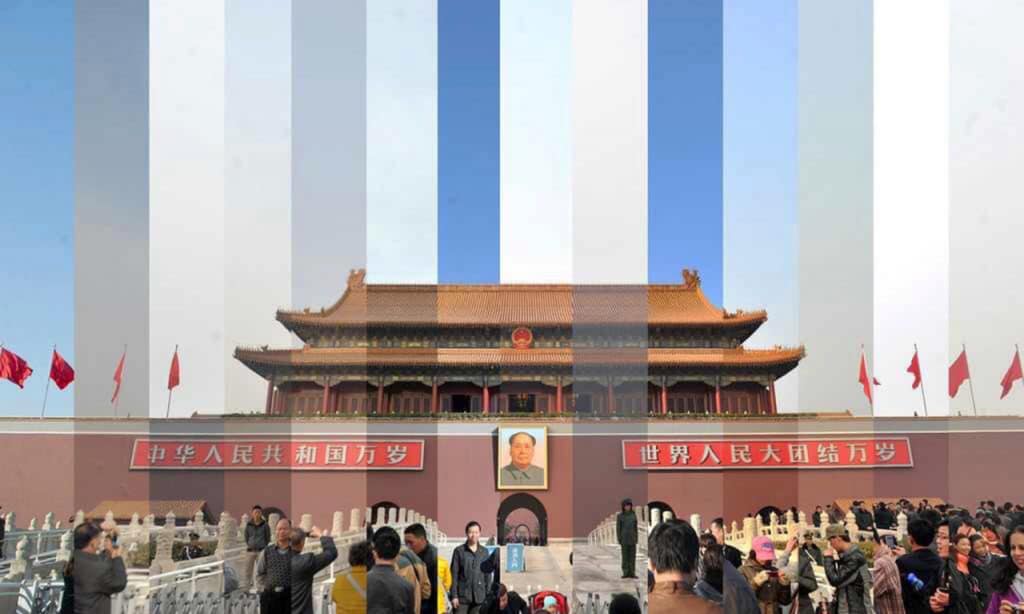
Let us know you want us to write more content like this with a love!
Share
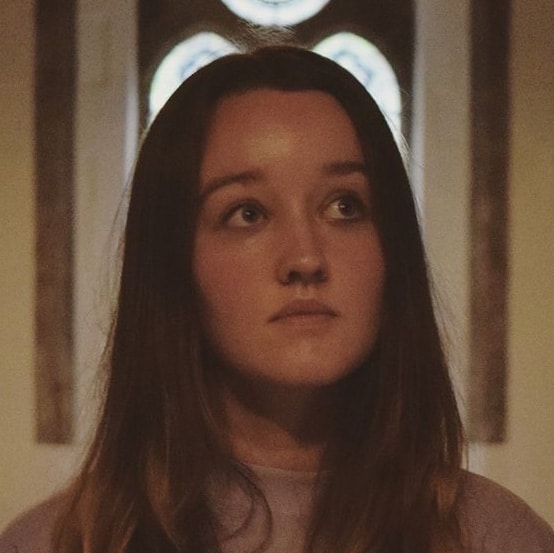
Charlotte Lynch
Marketing Manager

